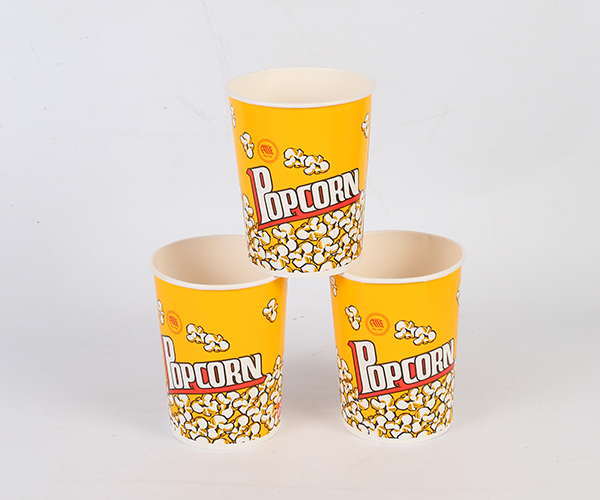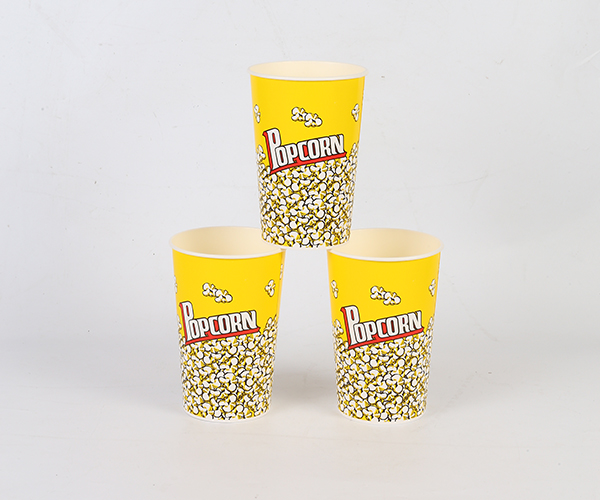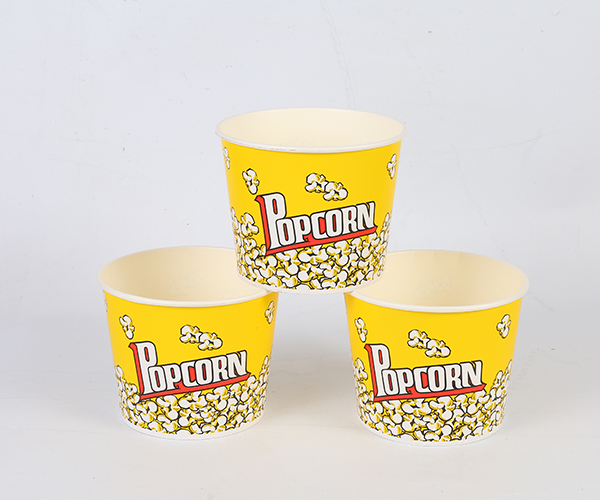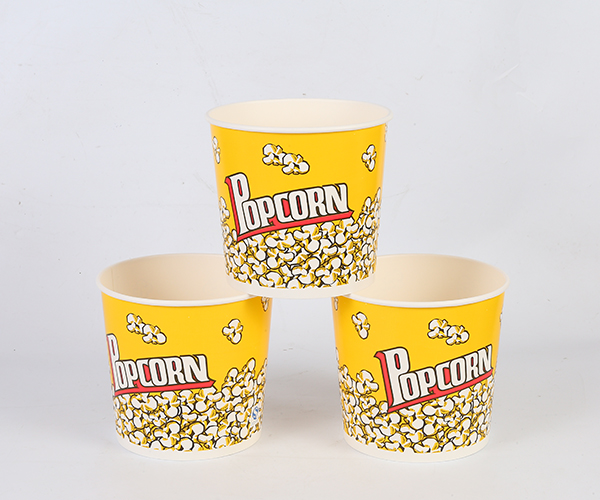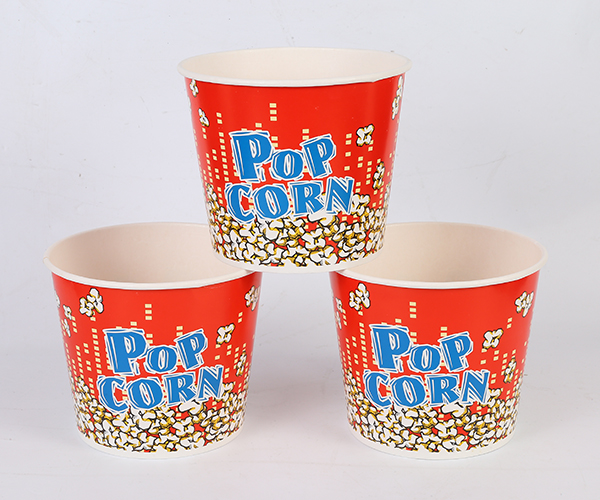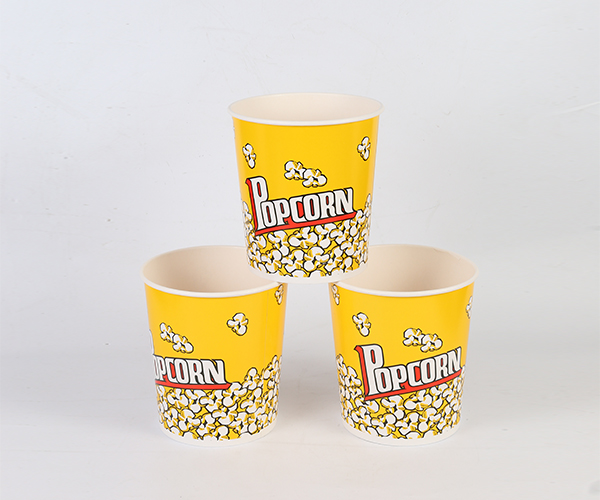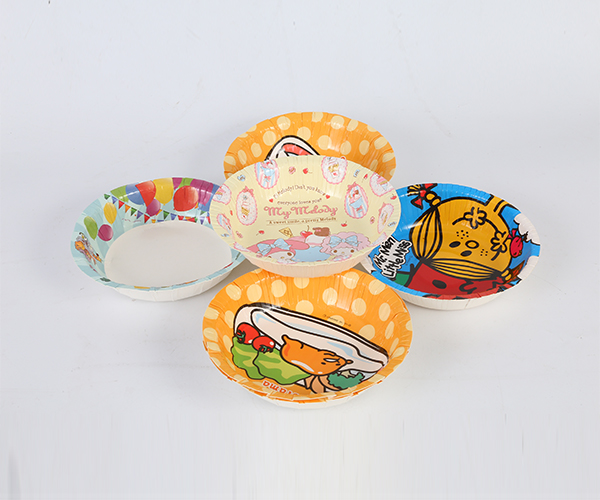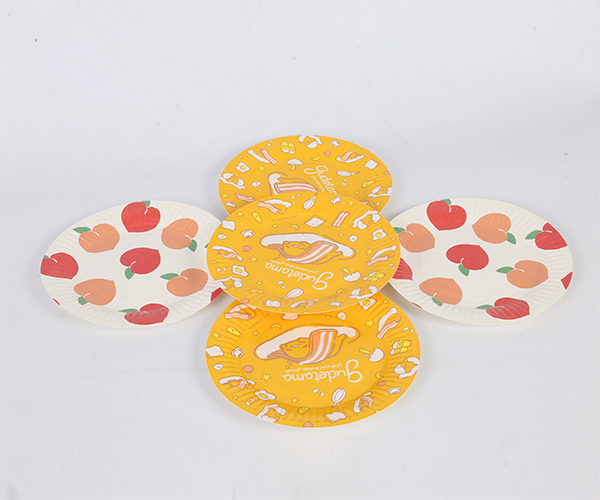Materials and Construction
One of the main differences between Disposable Paper Plates and regular paper plates is the materials used in their construction. Disposable Paper Plates are typically made from compressed paper fibers that are coated with a thin layer of plastic or wax to make them resistant to moisture and grease. This coating ensures that the plates do not become soggy or leak when used for serving food, especially greasy or wet items. Regular paper plates, on the other hand, may not always have this coating, making them less resistant to liquids and oils. As a result, regular paper plates may become flimsy or lose structural integrity when exposed to moisture.
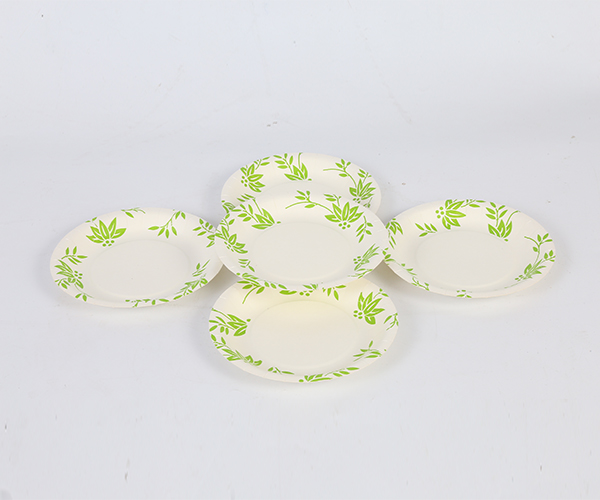
Durability and Strength
Disposable Paper Plates are specifically designed to be strong enough to handle various types of food, including heavy, hot, or oily dishes. Their durability is enhanced by the coating that prevents moisture from weakening the plate. In contrast, regular paper plates tend to be more lightweight and may lack the necessary strength to hold heavier foods without bending or tearing. They are better suited for light snacks or cold foods that do not require extra structural support. This difference in durability makes it a more reliable choice for parties, picnics, and other events where diverse food items are served.
Environmental Impact
When it comes to environmental considerations, Disposable Paper Plates often have a larger carbon footprint than regular paper plates due to the additional coatings and materials used in their production. These coatings, whether plastic or wax, can make it more difficult for the plates to break down naturally in compost or landfill settings. Regular paper plates, which may lack these coatings, are more likely to decompose quicker when exposed to natural elements, making them a better option for eco-conscious consumers. However, it's important to note that both types of plates contribute to waste and are generally not recyclable in standard curbside programs due to the coatings and food residue.
Cost and Convenience
One of the significant advantages of Disposable Paper Plates over regular paper plates is convenience. They are often sold in bulk, making them cost-effective for large gatherings and events. The added benefit is that they require no cleaning and can be discarded after use, saving time and effort. Regular paper plates, while often cheaper, are less convenient for large gatherings, especially if they are less durable or not designed for single-use disposal. For events where convenience and hygiene are important, Disposable Paper Plates tend to be the preferred choice.
Appearance and Aesthetics
Disposable Paper Plates are commonly designed with a focus on aesthetics, often available in various colors, patterns, and themes to suit different occasions such as birthdays, holidays, or formal gatherings. These plates may have a more polished and appealing appearance compared to regular paper plates, which are typically simpler and more utilitarian in design. If you are hosting an event where the presentation of food is important, Disposable Paper Plates can provide a more refined and festive look.
Which Plate Is Right for You?
Both Disposable Paper Plates and regular paper plates offer convenience and practicality for various occasions. They are generally more durable, moisture-resistant, and designed for single-use convenience, making them ideal for large events or when ease of disposal is important. Regular paper plates, however, may be a more cost-effective, environmentally friendly option for simpler occasions where the need for durability and aesthetics is less critical. Ultimately, the choice between the two depends on the specific needs of your gathering and the environmental impact you are willing to accept.


 English
English 中文简体
中文简体